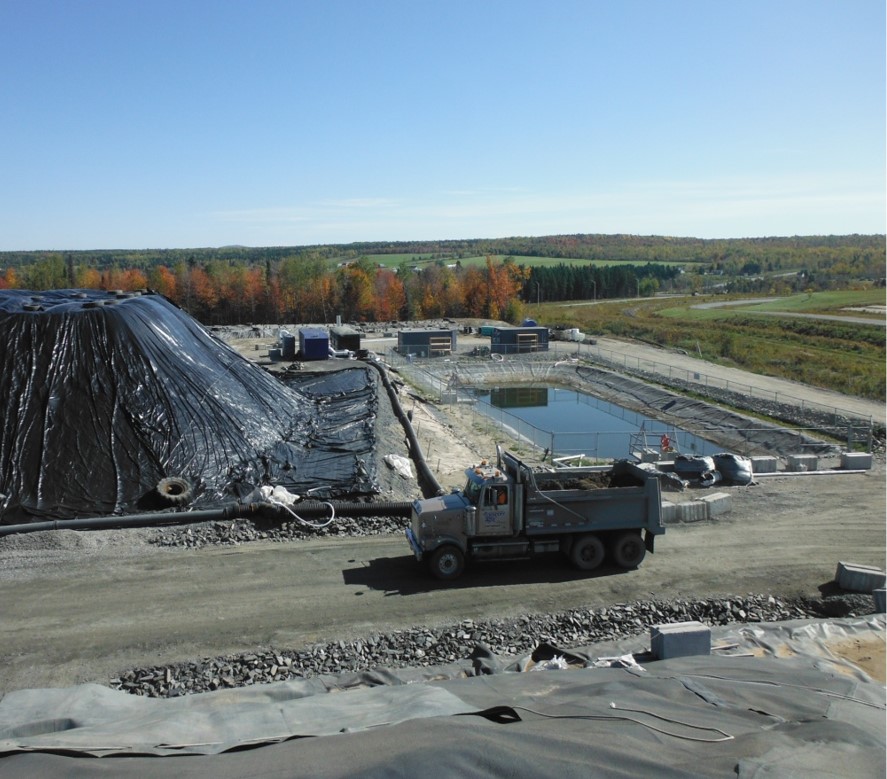The Canadian Brownfields Network (CBN) and Actual Media Inc. will celebrate the finalists for the 2016 Brownie Awards at a gala event held at the Delta Hotel in Toronto this week.
The 2016 Brownie Awards continue a long tradition of providing recognition of the builders, innovators, and visionaries who are dedicated to the rehabilitation of brownfield sites across Canada the country. Founded in 2001 by the Canadian Urban Institute, the Brownie Awards recognize the innovative efforts of these professionals to turn around sites that were once contaminated, under-utilized and undeveloped into productive residential and commercial projects that contribute to the growth of healthy communities across Canada.
Twenty-two projects have been named as finalists in six categories. There is also a special award that recognizes an outstanding individual in the industry as Brownfielder of the Year.
The winner of the 2016 Brownfielder of the Year was awarded to Nathan Richard of the City of Kingston. Richard is the project manager for brownfields for the City of Kingston—a role he has held since September of 2012. Richard is responsible for the restoration works of both the Belle Park Project and the Emma Martin Park Project. As part of the Belle Park Project, the city planted hybrid poplars on a former landfill site, creating a new multi-use recreations space, to reduce leachate seepage into the river. The project was heralded for its cost-effective means of capturing reducing leachate seepage into the river, thus reducing the city’s reliance on pump and treat systems.

The 2016 Brownie Awards will be held at the Delta Toronto Hotel on Tuesday, November 29th, 2016. Visit www.brownieawards.ca for more information.
The 2016 finalists are as follows:
Category 1: REPROGRAM – Legislation, Policy and Program Initiatives
- Brownfield Redevelopment Program Policy/Grant, Town of Mayerthorpe, Alberta
- Excess Soils Model By-law, Ontario Soil Regulation Task Force, Ontario
- Guidelines for Development of Contaminated or Potentially Contaminated Sites, City of Guelph, Ontario
- Kingston Failed Tax Sale Redevelopments, City of Kingston, Ontario
Category 2: REMEDIATE – Sustainable Remediation and Technological Innovation
- Atlas Landfill Remediation, Welland, Ontario
- Brantford’s Sydenham Pearl Brownfield Remediation and Urban Renewal, Brantford, Ontario
- Lac-Mégantic Remediation, Lac-Mégantic, Québec
- Lehigh Cement Contaminated Soil Reclamation/Reuse, Edmonton, Alberta
- Use of Phytoremediation to Rehabilitate Former Industrial Sites, Eastern Montréal, Québec
Category 3: REINVEST – Financing, Risk Management and Partnerships
- Centre Suites on 3rd Avenue, Owen Sound, Ontario
- Atlas Landfill Remediation, Welland, Ontario
Category 4: REBUILD – Redevelopment at the Local, Site Scale
- New Eva’s Phoenix, Toronto, Ontario
- St. Michael’s Hospital Redevelopment, Toronto, Ontario
- Orillia Recreation Facility, Orillia, Ontario
Category 5: RENEW – Redevelopment at the Community Scale
- Inspiration Lakeview, Mississauga, Ontario
- ION: Light Rail Transit in Waterloo Region, Region of Waterloo, Ontario
- The Barrel Yards, Waterloo, Ontario
- The Metalworks, Guelph, Ontario
- Zibi – Ottawa-Gatineau, Ottawa, Ontario and Gatineau, Québec
Category 6: REACH OUT – Communication, Marketing and Public Engagement
- Inspiration Port Credit, Mississauga, Ontario
- John Hart Generating Station Replacement, Campbell River, British Columbia
- Leadership in Brownfields Renewal, Federation of Canadian Municipalities, Ottawa, Ontario
Category 7: Brownfielder of the Year
- Nathan Richard, City of Kingston
In the November/December issue of Water Canada, writer Saul Chernos describes new and emerging technologies designed to remediate contamination on-site to protect groundwater resources. To read about these emerging technologies, click here.












